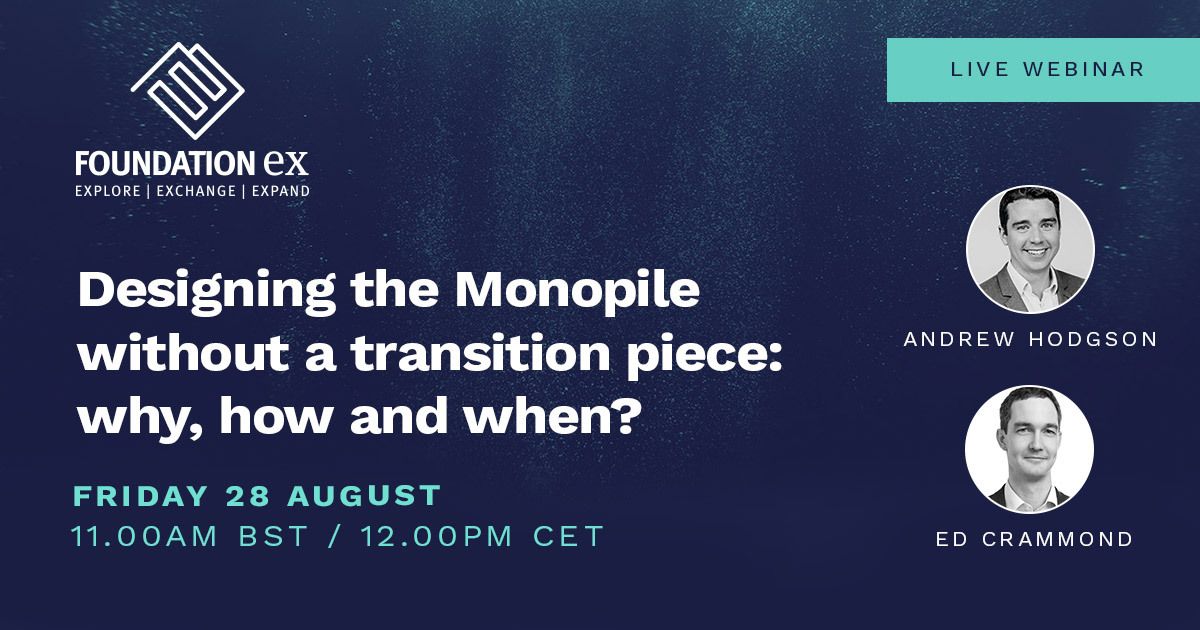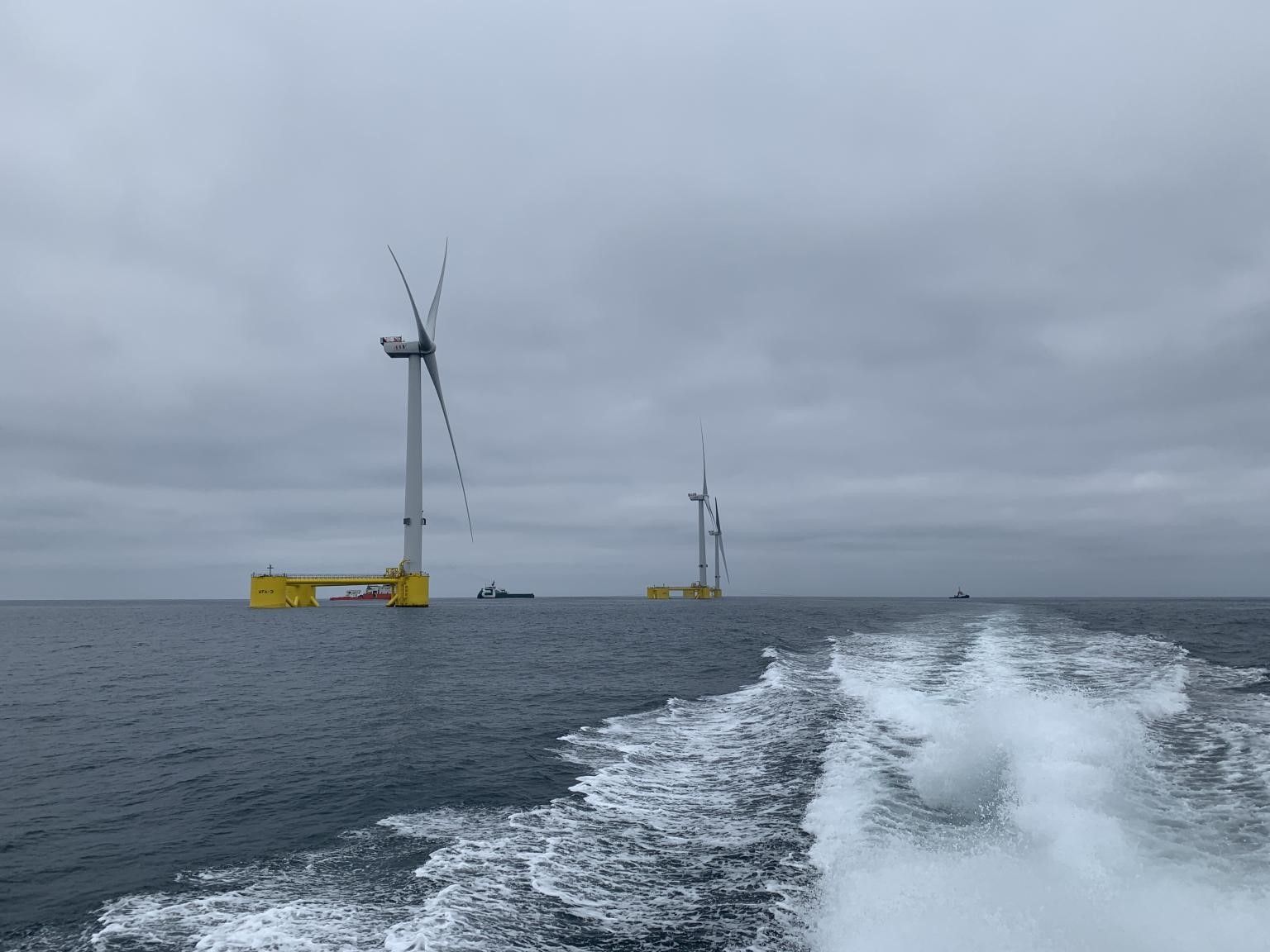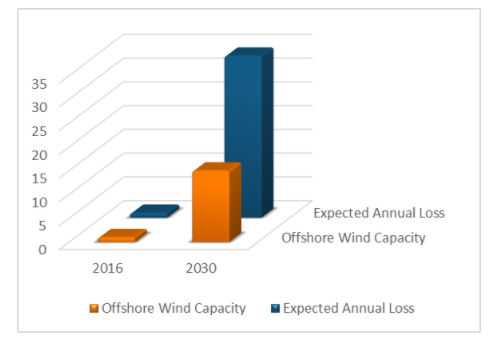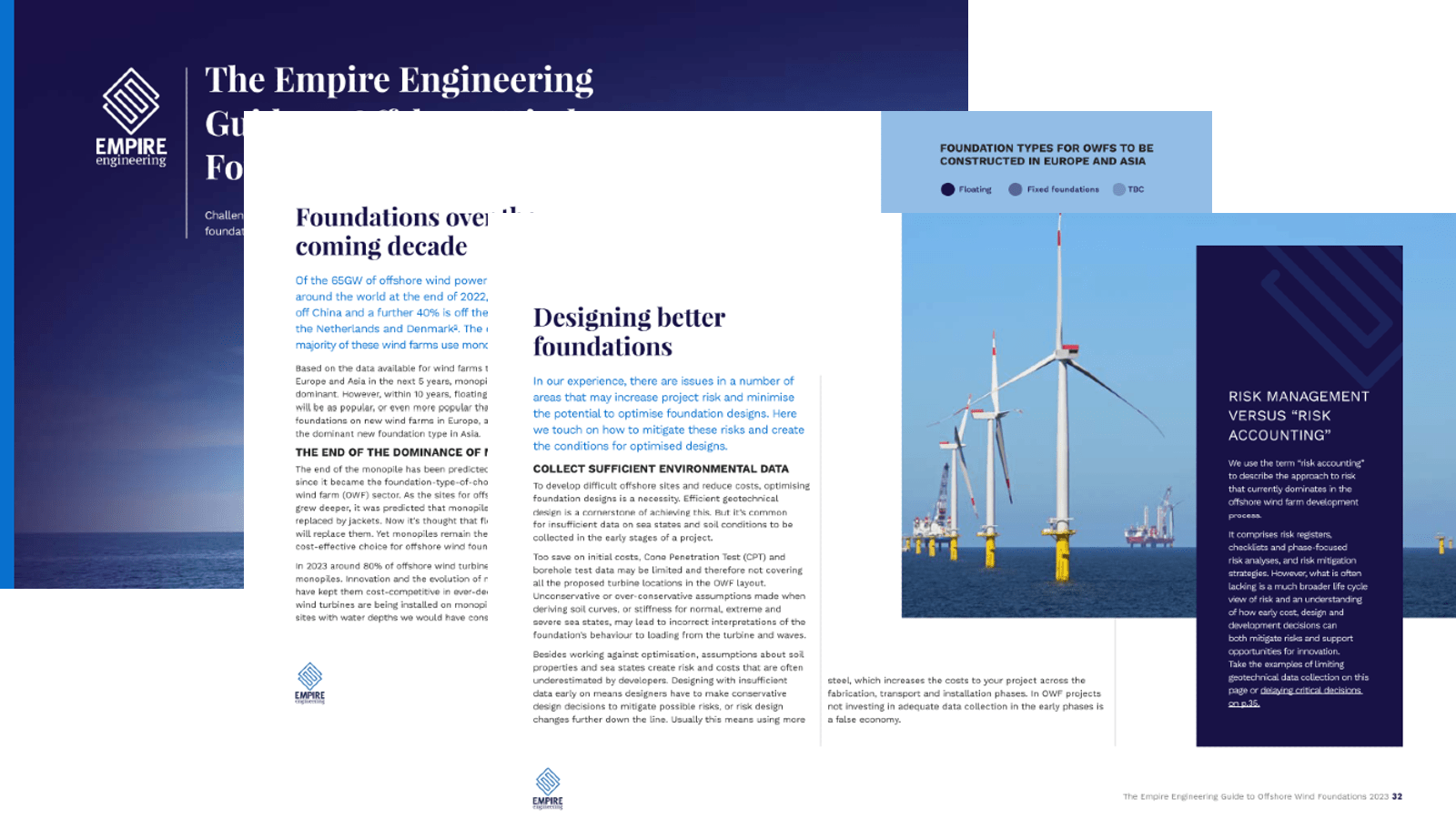By Nick Howard.
Cast your mind back a few years
Had you happened to be standing outside a pub opposite Bristol Train Station on a dreary February afternoon in 2017, gently nursing a warm Fosters, you may well have seen me, peering out of a taxi window, my expression slowing changing from concerned thoughtfulness to a big stupid grin.
I was in Bristol for a job interview with Empire Engineering and by the way the interview had gone, I was fairly confident I was going to be offered the position. I knew it was going to be a hard decision to take though – each pro of the new job exactly mirrored by its corresponding con; leaving the safety of my big company for the danger of a one-man start-up; taking on more challenging work when I could just stick with the familiar. It seemed like an impossible decision. But then as the taxi was sweeping into the car park for my train journey home, I saw the name of the pub – “The Reckless Engineer”. It seemed like a sign from the heavens, maybe I should just take the risk.
Well, having been with Empire now for three years, and seen it grow from just me and Karl to a team of over ten, host an annual international conference, and work on a number of large complex projects, it seems like the risk may have well paid off.
And that’s not even counting the noise cancelling headphones and crate of wine I’ve got from my EuroStar frequent traveller points!
Keep up at the back
For those of you who weren’t paying attention to your British History lessons (and if not, why not?), then the name of the pub is in reference to the impressively named Victorian Engineer Isambard Kingdom Brunel. Mr Brunel is often hailed as being one of the great inventors of the industrial revolution and has a particular soft spot amongst Bristolians as he designed the impressive, albeit slightly pointless, Clifton Suspension Bridge. Isambard’s fame derives to a great extent on the type of projects he engineered – more often than not, projects of such great scope and innovation, nobody else thought them possible. Isambard took risks, perhaps recklessly so, but that paid off, and as such he occupies a spot as one of Britain’s, and perhaps the World’s, greatest engineers.
That dirty four lettered word: RISK
Hopefully, you’ve seen through my circuitous introduction and this article is about risk. Everyone is obviously aware of the fun and games we’ve all had with grouted connections, and the met-mast that decided to go fishing…
but unless I’m very much mistaken, there has never been a catastrophic failure of a wind turbine support structure. This must be quite a unique position in the engineering world; I struggle to think of another industry where something hasn’t gone terribly wrong.
On first thought, that may appear like a great achievement. Maybe we should all pat ourselves on the back and head off for a well-deserved holiday.
What if a wind turbine fell over?
But when you look closer, I’m not so sure it’s something to boast too loudly about. Any fool can design something not to break – just chuck steel at it until it’s a few thousand tonnes and the job’s a good’un. No, it takes skill and care to design something that sits just on the right side of the limit.
But where is that limit?
Perhaps it is a peculiarity of the offshore world, but that limit is entirely arbitrary. With the sea being a big blue random number generator, what is the correct design decision – should the structures be able to accommodate the biggest wave of the last 10 years, the last 50 years, the biggest wave ever? Add on to this that nothing much else is fixed – material strengths have a distribution, soil properties are educated guesswork, and God only knows what the true SN-curves are, and it becomes apparent that knowing what to design for presents a bit of a challenge.
I’ve never really seen this issue of inherent risk being discussed amongst engineers.
Thankfully, we have our watchful overlords, the keepers of the code, who have condensed the irregularities of the real world in to black on white text. All the nasty things get multiplied up, and all the good things divided down. With little more than a scroll through a PDF, the diligent engineer can do their sums, and sleep soundly in the knowledge that someone, somewhere has absolved them of responsibility. We all march on happily saying things like “50-year storm” and “DFF of 3”, without pause for thought. But is that really right? Why not a 49-year storm and a DFF of 2.9? Sure, we sail a little closer to the wind, but we get a cheaper structure as reward.
Why rock the boat?
We have our factors, and we’re happy with them. After all it isn’t the engineers who finance the project, so why take the risk. It would certainly be very interesting to sit in front of a stakeholder with a slider that let you select project risk, but showed the corresponding cost.
In a design space that is truly probabilistic, it is entirely possible to have done a good job, and for things to still go wrong. But I don’t think that is really appreciated. You can bet your last euro that when the first turbine does come crashing down, the project owner won’t sit back and say “Ah, well, that’s all part of the stochastic nature of the environment in which we operate”. No no, the finger pointing will start and the lawyers will have their day.
So where does this leave us?
Maybe the status quo is correct – we design structures, they don’t fall down, and everyone is happy, even the people paying for it. If we are designing accurately though, I find it hard to believe that of the 5000 or so WTGs currently out there though, that that there hasn’t been a roll of the dice has spelled disaster for one.
Empire Engineering are offshore wind foundations specialists. We’re experienced at facilitating a rapid resolution of issues, managing risk and maximising the benefits to your project. If you would like assistance with your offshore wind project on schedule, please get in touch.
Nick Howard is a Partner and Principal Engineer at Empire Engineering.
#empireenegineering #offshorewind #risk #offshorewindfoundations
Talk with a specialist
We've been a part of some of the worlds most exciting and
complicated projects in offshore wind.
If you need more eyes, brains and hands, we're ready to help.





